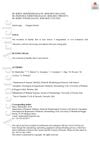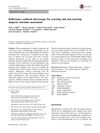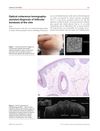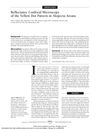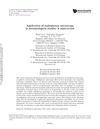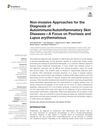Confocal Microscopy and Optical Coherence Tomography of Inflammatory Skin Diseases in Hairs and Pilosebaceous Units: A Systematic Review
May 2023
in “
Experimental Dermatology
”
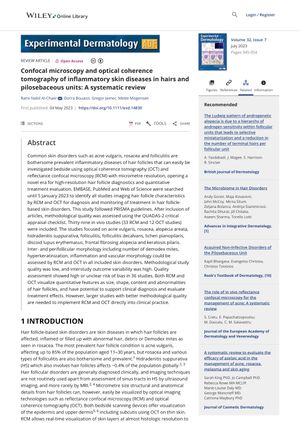
TLDR RCM and OCT are effective for diagnosing and monitoring hair-related skin diseases but lack standardized protocols and need more research.
The systematic review investigates the use of Reflectance Confocal Microscopy (RCM) and Optical Coherence Tomography (OCT) in diagnosing and monitoring hair follicle-based skin disorders, including acne vulgaris, rosacea, alopecia areata, and others. The review included 39 studies, with 33 using RCM, 12 using OCT, and 45 combined. These non-invasive imaging technologies were found effective in visualizing, diagnosing, and monitoring treatment effects over time in hair follicles. For example, in alopecia areata, post-treatment showed an increase in hair density associated with improvement in inflammation. However, there are currently no validated protocols or diagnostic accuracy studies for these technologies, and more large-scale studies are needed. Despite their potential, RCM and OCT have limitations such as cost, need for experienced operators, and limited penetration depth and resolution.

